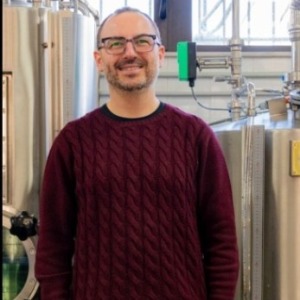8th Edition of Euro Global Conference on
Food Edible Packaging
Food edible packaging refers to packaging materials that are safe for human consumption and can be ingested along with the food product. These innovative packaging solutions aim to reduce waste, minimize environmental impact, and enhance food safety by eliminating the need for traditional packaging materials that contribute to pollution and landfill waste. Edible packaging materials are typically made from natural and edible polymers, such as proteins (e.g., gelatin, casein), polysaccharides (e.g., starch, cellulose), and lipids (e.g., waxes, lipids). These materials are biodegradable, renewable, and non-toxic, making them suitable for use in food packaging applications. Food edible packaging can take various forms, including edible films, coatings, pouches, wrappers, and containers, and can be used to package a wide range of food products, including fruits, vegetables, snacks, and beverages. Edible packaging materials can provide a protective barrier against moisture, oxygen, and microbial contamination, helping to extend the shelf life of perishable foods and maintain their quality and freshness. They can also enhance the visual appeal of food products, add flavor or aroma, and create unique and innovative packaging designs that capture consumer attention. Additionally, edible packaging materials offer convenience and portability, as they can be eaten along with the food product, eliminating the need for separate packaging disposal. Food edible packaging has the potential to revolutionize the food packaging industry and contribute to sustainable packaging solutions that reduce environmental pollution and promote circular economy principles. However, challenges remain in terms of scalability, cost-effectiveness, regulatory approval, and consumer acceptance. Further research and development are needed to optimize edible packaging materials and manufacturing processes, address safety and regulatory concerns, and ensure widespread adoption and commercial viability. Overall, food edible packaging represents a promising and environmentally friendly alternative to traditional packaging materials, offering a sustainable solution for reducing packaging waste and enhancing food safety and quality.

Said Bouhallab
INRAE, France
Giovanni De Francesco
University of Perugia, Italy
Ombretta Marconi
University of Perugia, Italy
Alex Martynenko
Dalhousie University, Canada
Ana Isabel Najera
University of the Basque Country EHU, Spain
Marcin A Kurek
Warsaw University of Life Sciences, Poland


